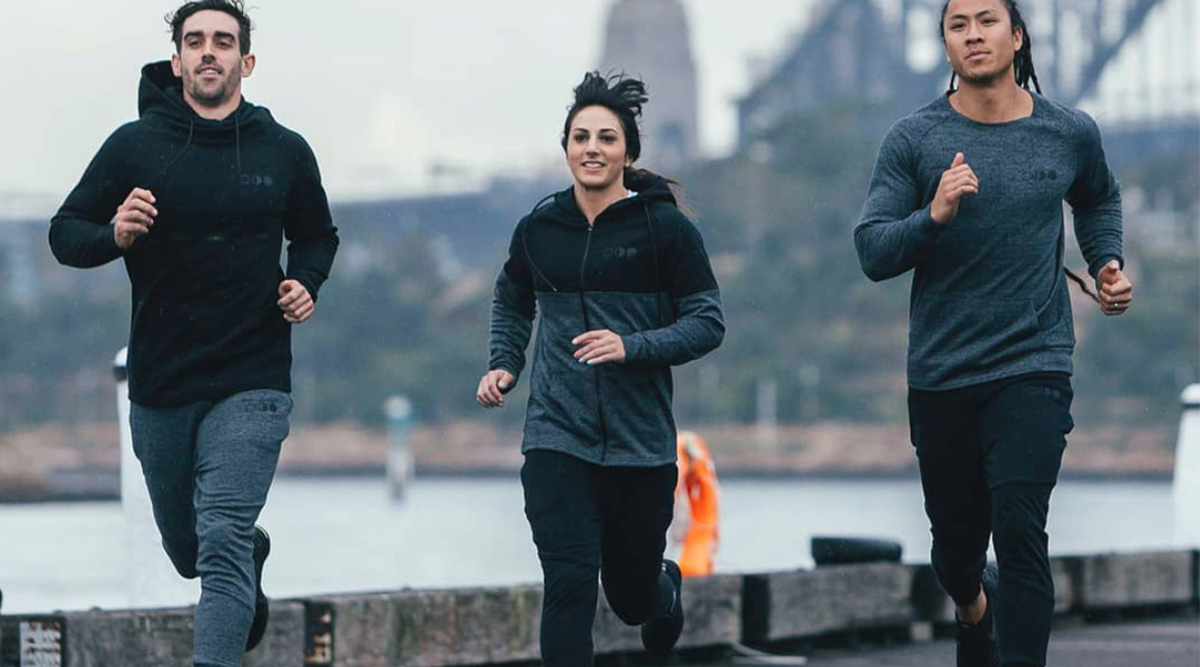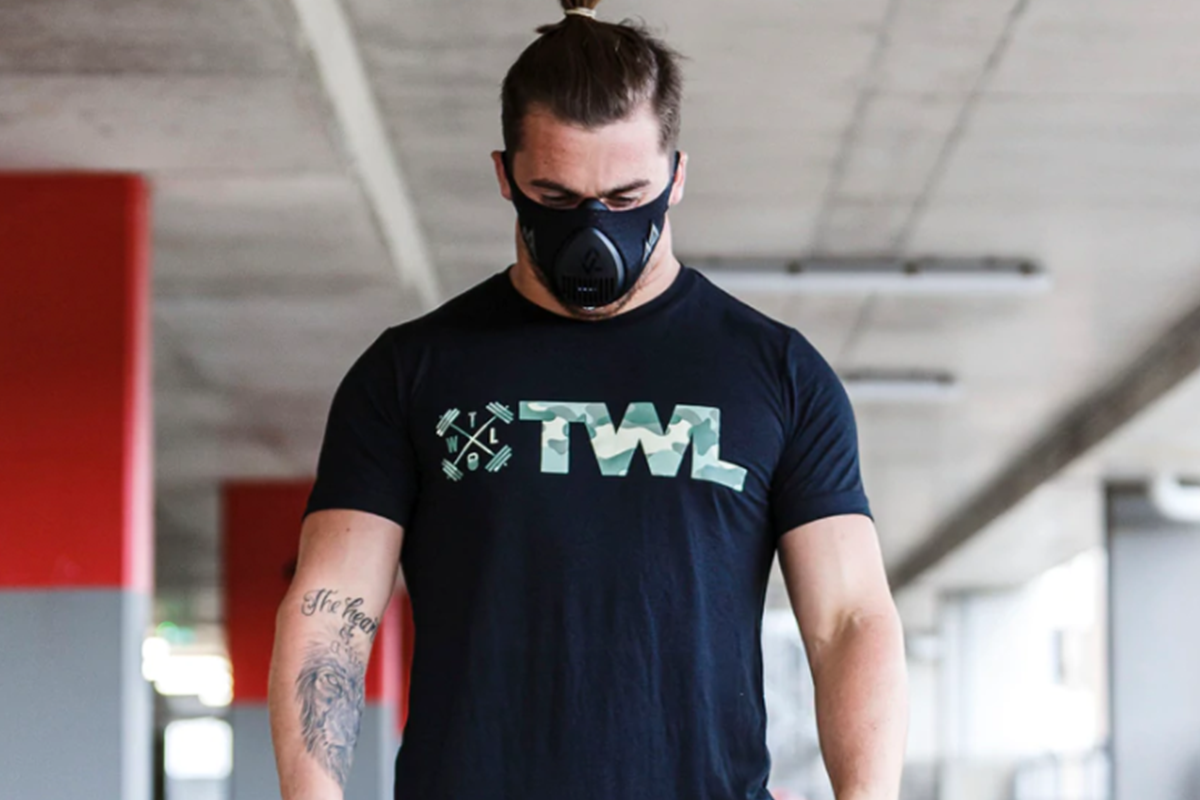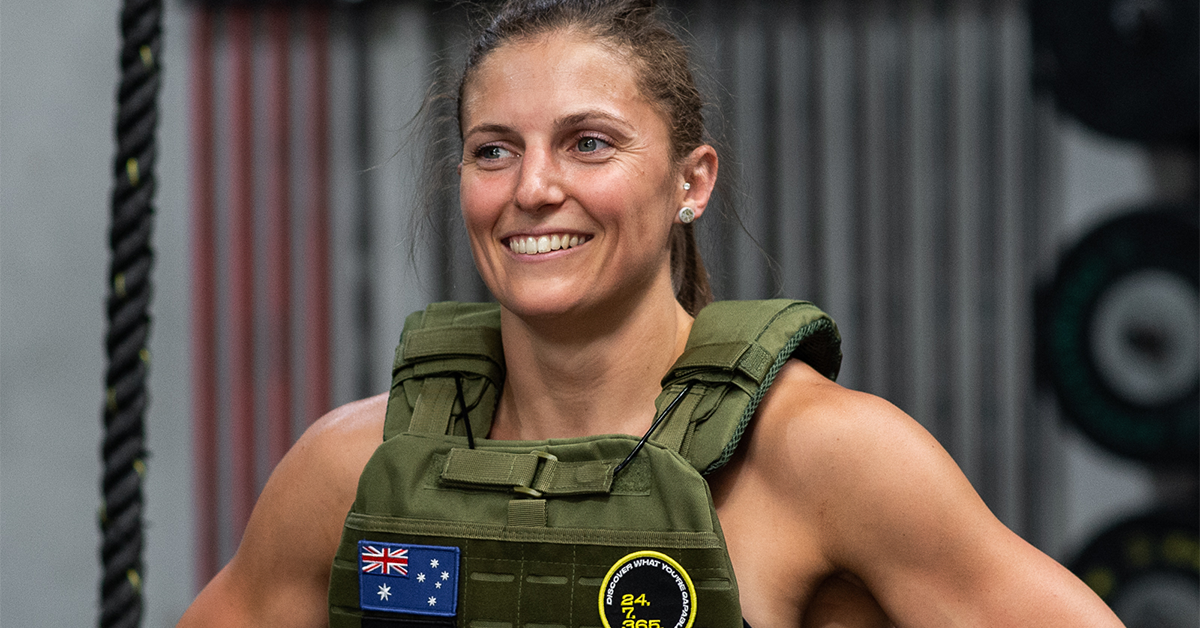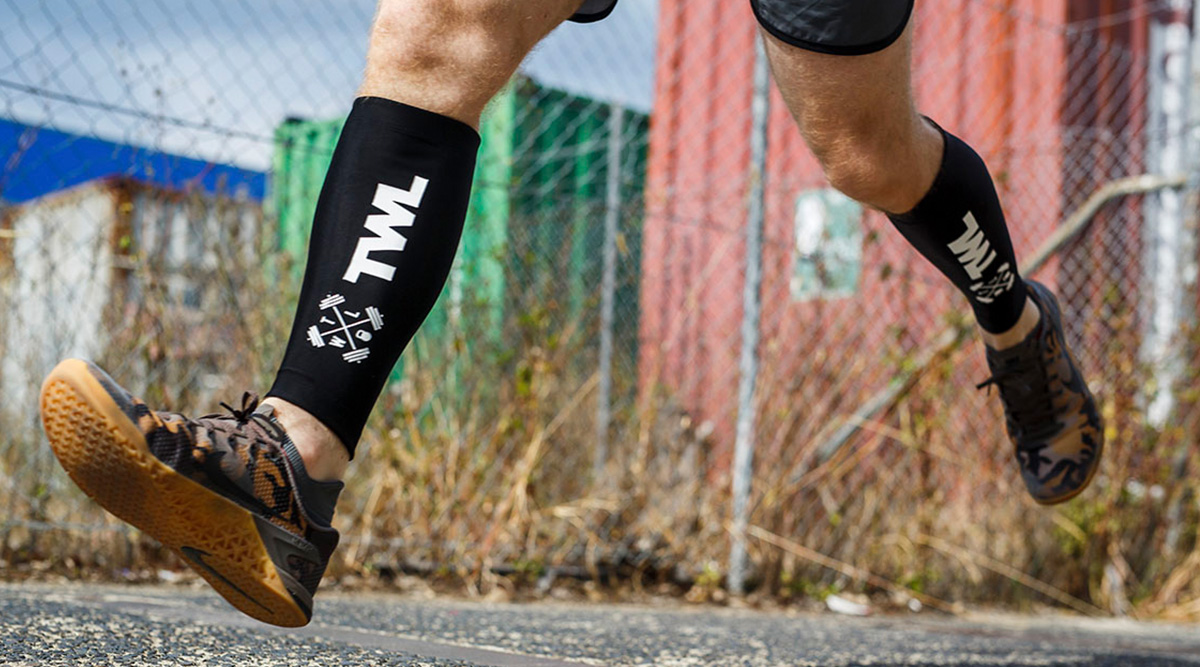In theory, running is the most accessible workout for athletes of all experience levels, locations, and fitness levels. You do not need to learn how to use fancy equipment. You do not need a gym membership. You do not need a teammate or partner. You technically do not even need shoes.
But just because something is more approachable does not mean novice runners are without apprehension. There is a lot to consider when learning how to run in a safe way. When I first started running in college, I just laced up my five-year-old Payless sneakers and gave it a shot. I ran only on treadmills. I ran striking my foot in unhealthy ways. I drastically increased my mileage quickly. I ran on old shoes and I ran without engaging in any other cross-training or mobility work. The result: increased cardio but excruciating shin splints.
Following are the “Five S’s” on running safely, which you need to consider to avoid injury.
5 Tips for Running Safely
1. The Shoes
Shoes are not “one size fits all.” Not only does everyone have varying foot length and width but also different needs in terms of arch support, stability, and shoe weight.
* Runners who have flat feet should consider shoes that provide torsional stability.
* Runners with high arches should seek out supportive shoes with ample midsole so the body weight is more evenly distributed.
In terms of shoe weight, lighter shoes are beneficial because they are less draining on the legs and support a faster stride. If you are a heel striker, however, consider looking for shoes with more cushioning, especially with shock absorbers in the heel, even if it means adding more weight to the shoes.
2. The Strides
I confess I am a former heel striker. When a good song would come on, I would blast my music and run hard literally and figuratively. But an all-out effort does not mean that your foot should be slamming on the ground, too. To run safely, focus on perfecting your stride.
Some runners say they run on their tiptoes as if sneaking up on someone. Others focus on their back kick, over-exaggerating in training as if they are going to kick their backside. The main takeaway is your running mechanics are determined by the strength and flexibility of certain muscles and how your body is built, which means everyone’s stride will be different. Some universal tips to remember are the following:
* Shorter, purposeful strides are safer than over-extending your leg.
* Make sure your foot strikes under your knee, not in front of it.
* Relax your hands.
* Keep your arms bent at a 90-degree angle.
3. The Surfaces
Your body takes a pounding when running, but varying surfaces absorb the shock of each step differently. Concrete is hard, but it is typically consistent. Asphalt roads are easier to navigate and sprint, but it is tougher on your joints and filled with traffic. Grass and dirt surfaces put minimal impact on your joints, but they are unpredictable, which can lead to instant injuries.
Because no one surface is better than another, runners should mix it up to be a more well-rounded athlete.
4. The Stretches
If you are a runner, stretching and doing mobility work are crucial to avoiding injuries. Some think the pre-run stretch is the most important, but they are mistaken. Your muscles need to warm up before a true run — think of a light mile or 10 minutes on the spin bike — but then after all that work, they are contracted and fatigued. They need to be stretched and elongated to keep from shortening and tearing.
Experts suggest doing dynamic stretches, such as side lunges, single leg deadlifts, and straight leg lateral swings before you pound the pavement, and static stretches focusing on your quads, hamstrings, calves, and hip flexors after your run when your muscles are pliable so you can achieve your deepest stretch.
5. The Safety Precautions
Running outside, especially on roads, can be dangerous. It is important to stay alert and keep your eyes up — even if you are listening to music or meditating — to avoid any hazards such as cars, fellow runners or cyclists, or changes in the road. If you are fitting in a workout early in the morning or late at night, be sure to wear bright colors and reflectors so you are visible to all around you. Also, consider running against traffic. It gives you the best visibility and gives oncoming cars the best visibility of you.

















